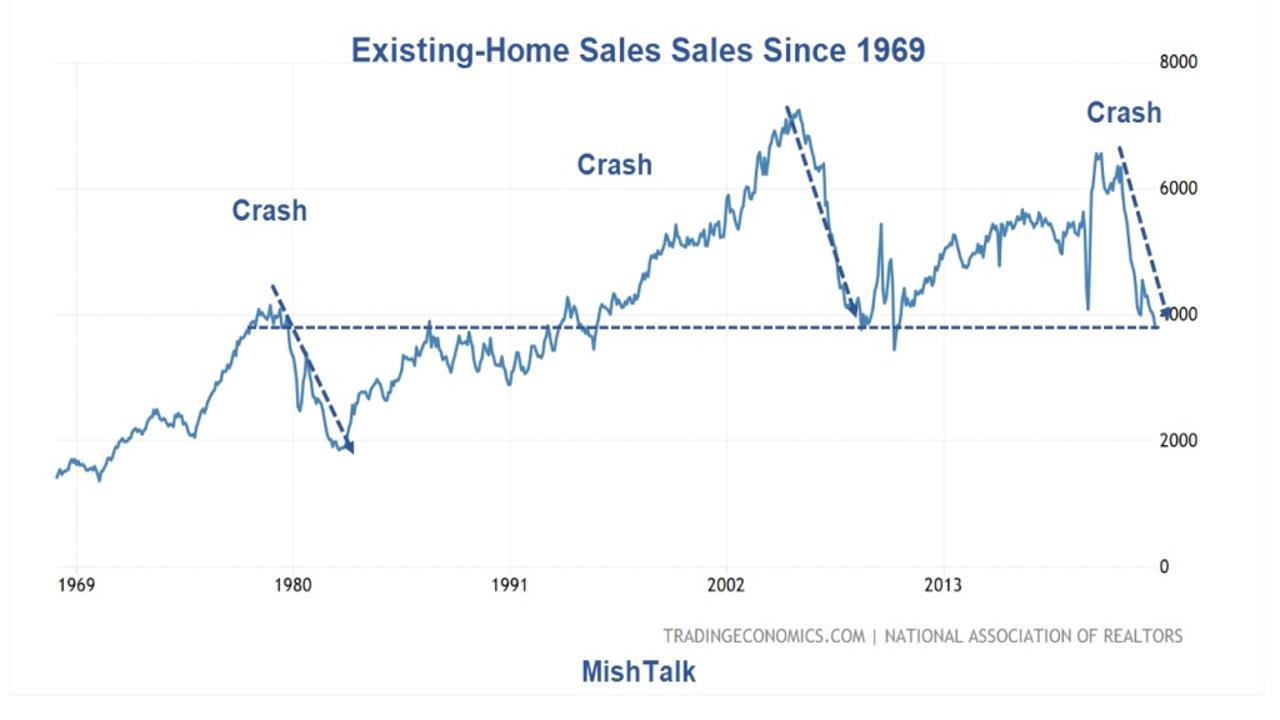Video:
Take our online poll:
AI Analysis:
Gross Domestic Product (GDP) and the Leading Economic Index (LEI) serve different purposes and offer distinct insights into the economy. Each has its strengths in assessing economic health:
GDP: It measures the total value of goods and services produced within a country's borders. GDP is a comprehensive indicator used to assess the overall economic activity over a specific period, usually quarterly or annually. It provides a retrospective view of economic performance, detailing the size and growth rate of the economy.
LEI: This index is a composite of several indicators designed to predict future economic trends. It includes various components like stock prices, jobless claims, building permits, and other leading indicators. LEI aims to anticipate changes in the business cycle, providing insights into where the economy might be heading in the near future.
In terms of being a "better" indicator, it's not about one being superior to the other, but rather about their different uses:
GDP is a lagging indicator, meaning it tells you what has already happened. It's a critical measure of economic output and productivity but might not provide insight into immediate or future economic changes.
LEI is a leading indicator, providing clues about potential shifts in the economy before they happen. It's valuable for forecasting trends and identifying turning points in the business cycle.
For a comprehensive understanding of the economy, both GDP and LEI are important. GDP offers a retrospective overview, while LEI provides forward-looking insights. Analysts and policymakers often use a combination of various economic indicators, including GDP and LEI, to form a more complete picture of economic health and make informed decisions.
Chart:

References:


Comments